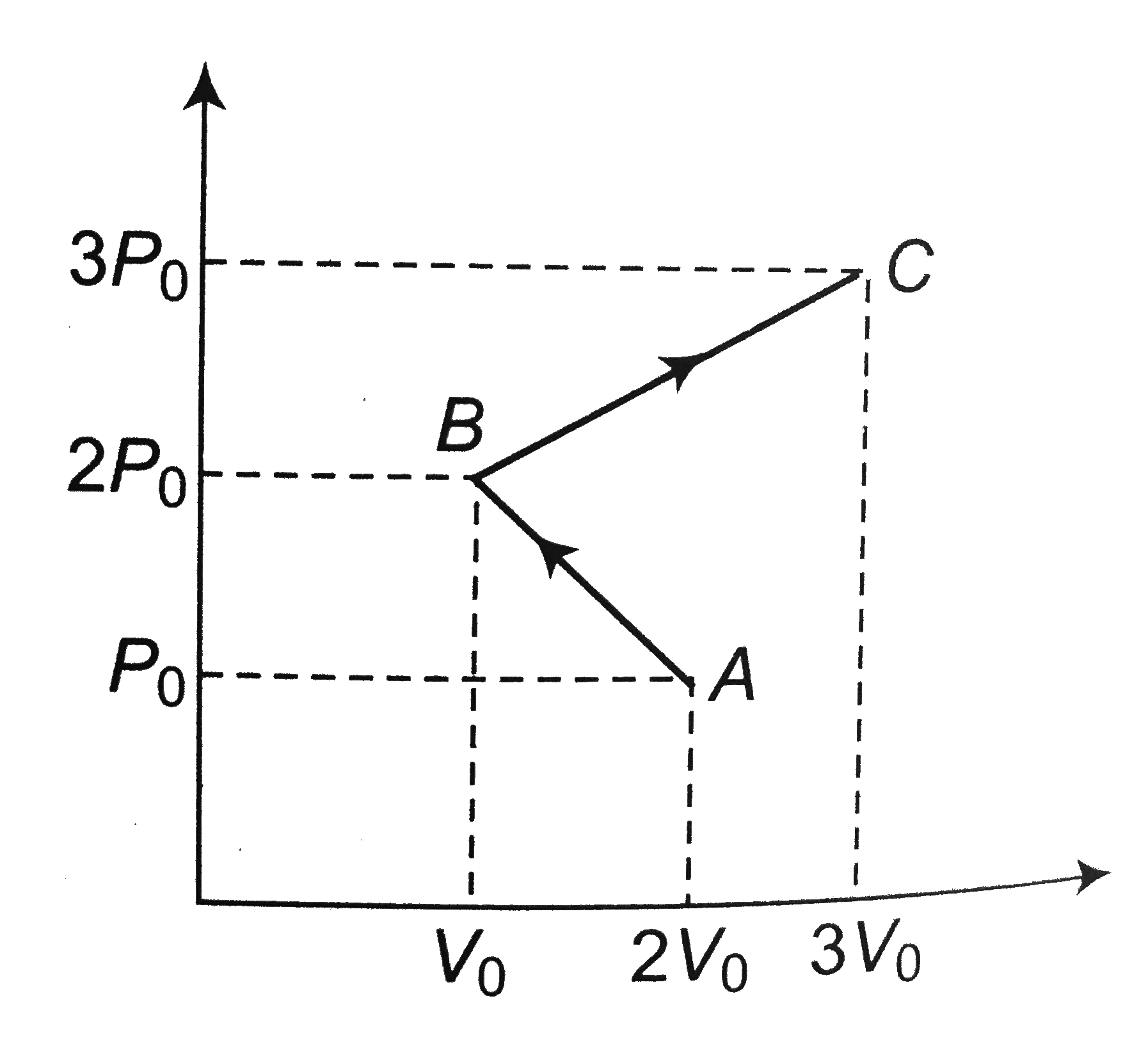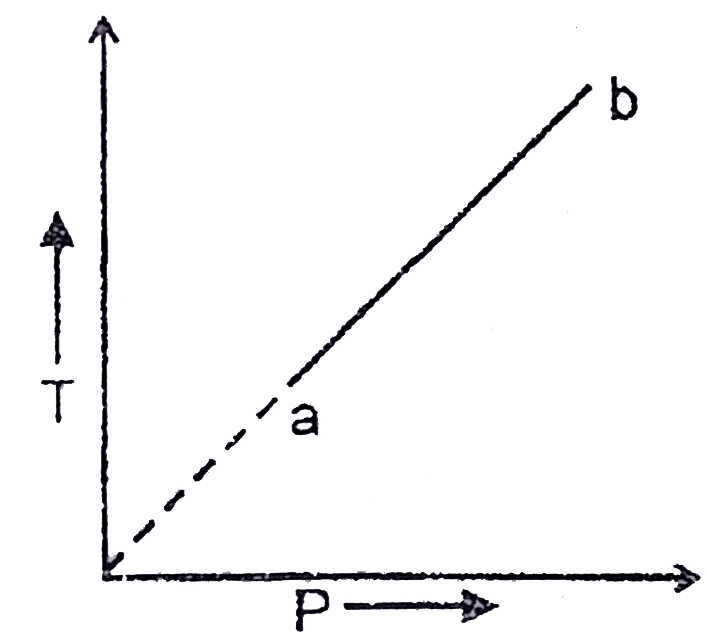A gas expands from A to C along three different paths as shown in Fig. What is the work done by the gas along the path ABC, AC and ADC?
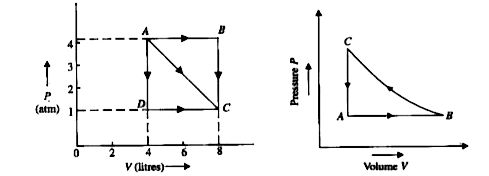
WABC=4×10−34×103125+=1620JWAC=[(4+1)/2]×101325×4×10−3=1013.2J
Topper's Solved these Questions
- INTERNAL ENERGY Book:ICSEChapter:INTERNAL ENERGY Exercise:SELECTED PROBLEMS (FROM HEAT ENGINES)
Explore 21 Videos
- INTERNAL ENERGY Book:ICSEChapter:INTERNAL ENERGY Exercise:SELECTED PROBLEMS (FROM ISOTHERMAL AND ADIABATIC PROCESSES )
Explore 10 Videos
- GRAVITATIONBook:ICSEChapter:GRAVITATIONExercise:FROM THE HUBBLE TELESCOP
Explore 2 Videos
- MOTION IN FLUIDS Book:ICSEChapter:MOTION IN FLUIDS Exercise:SELECTED PROBLEMS (FROM POISEUILLE.S FORMULA)
Explore 19 Videos
Similar Questions
Knowledge Check
A gas expands from i to f along the three paths indicated. The work done along the three paths denoted by W1,W2andW3 have the relationship
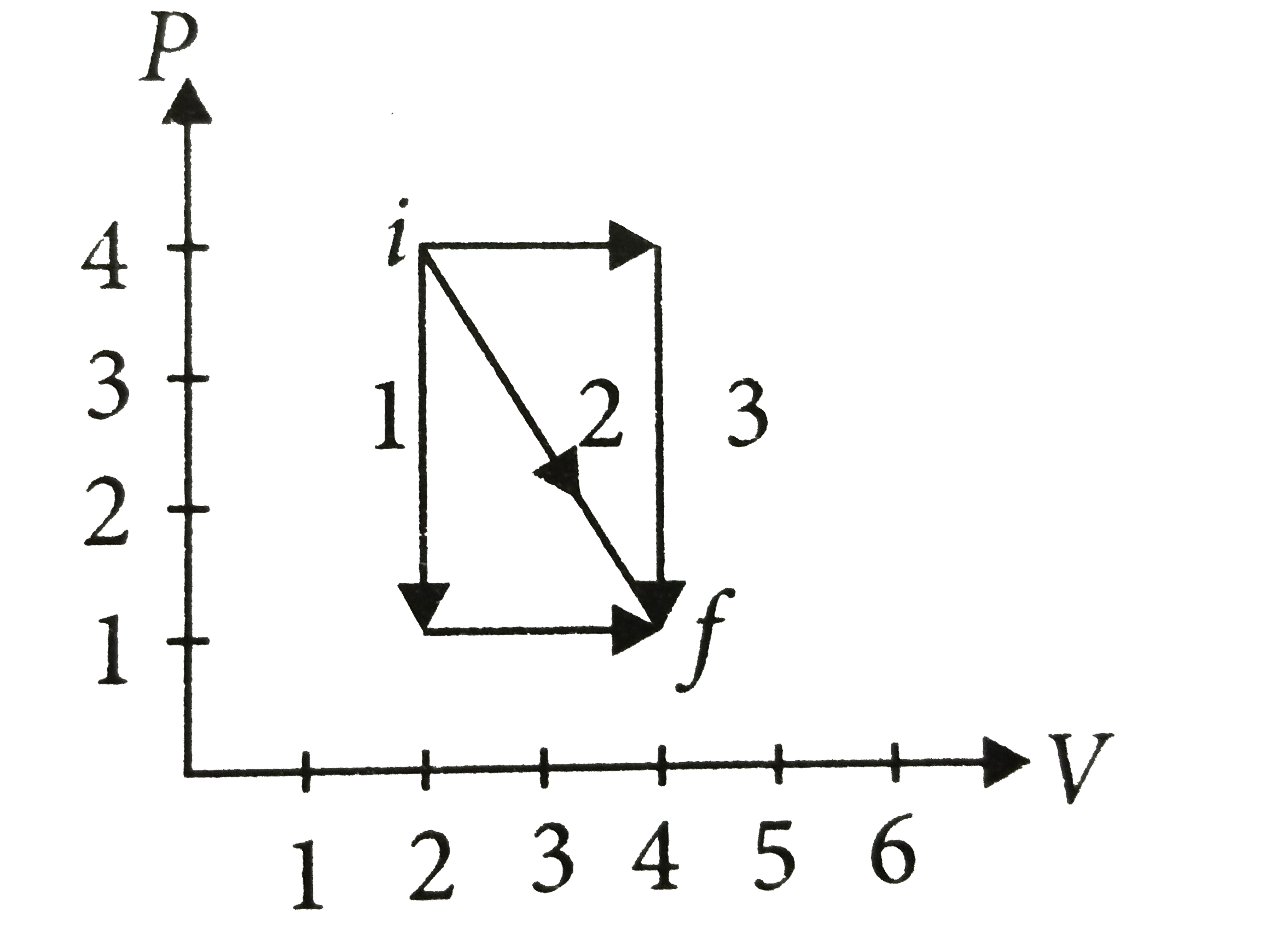 AW1<W2<W3BW2<W1=W3CW2<W1<W3DW1>W2>W3
AW1<W2<W3BW2<W1=W3CW2<W1<W3DW1>W2>W3
Two moles of helium gas are taken along the path ABCD (as shown in Fig.) The work done by the gas is
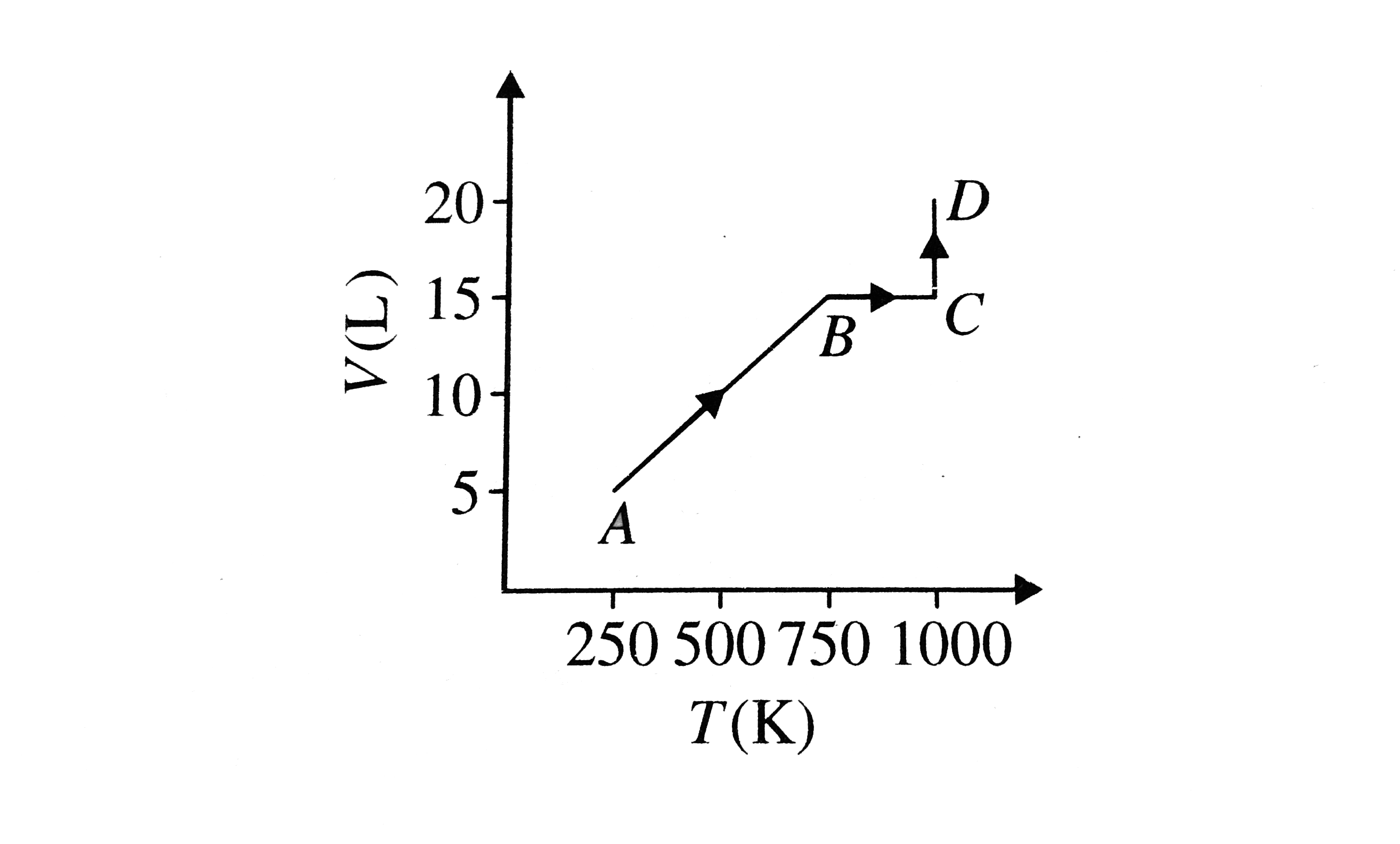
View SolutionTwo moles of helium gas are taken along the path ABCD (as shown in Fig.) The work done by the gas is

View Solution
A sample of an ideal gas is taken through the cyclic process abca and shown in the figure. The change in the internal energy of the gas along the path ca is −180J. The gas absorbs 250J of heat along the path ab and 60 J along the path bc. the work done by the gas along the path abc is:
View SolutionA car moves from O to D along the path OABCD shown in fig.
What is distance travelled and net displacement.
View SolutionOne mole of an ideal monoatomic gas is taken along the path ABCA as shown in the PV diagram. The maximum temperature attained by the gas along the path BC is given by :

View SolutionA gas can expand from 100mL to 250mL under a constant pressure of 2 atm. The work done by the gas is
View SolutionA gas is taken through the cycle A→B→C→A, as shown in figure, what is the net work done by the gas?
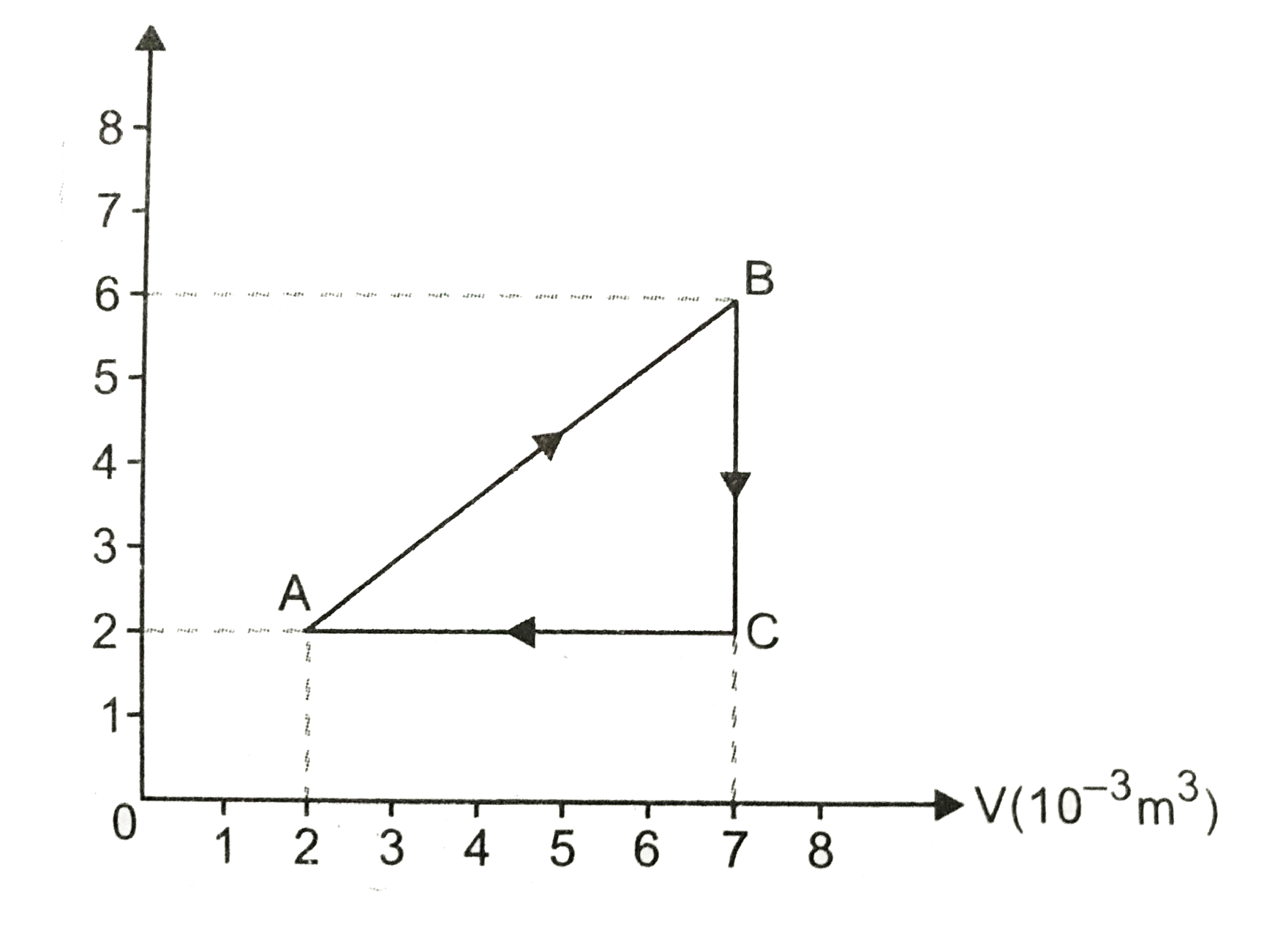
View Solution
